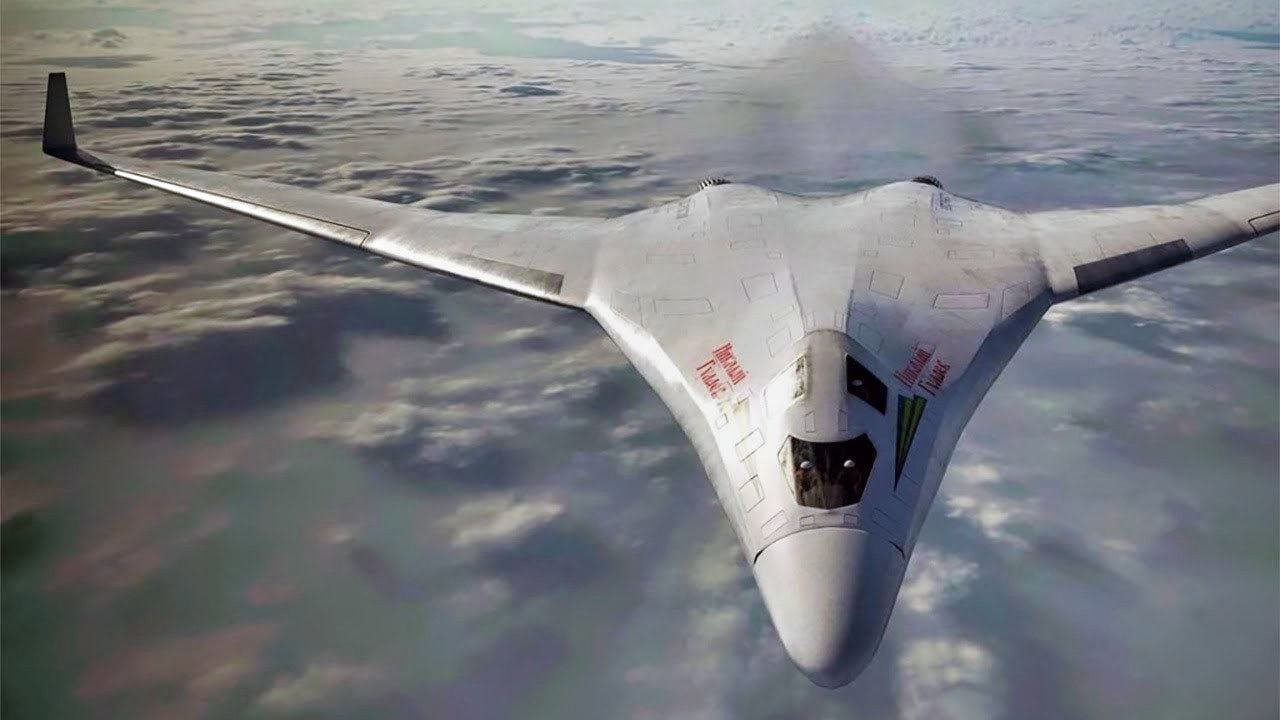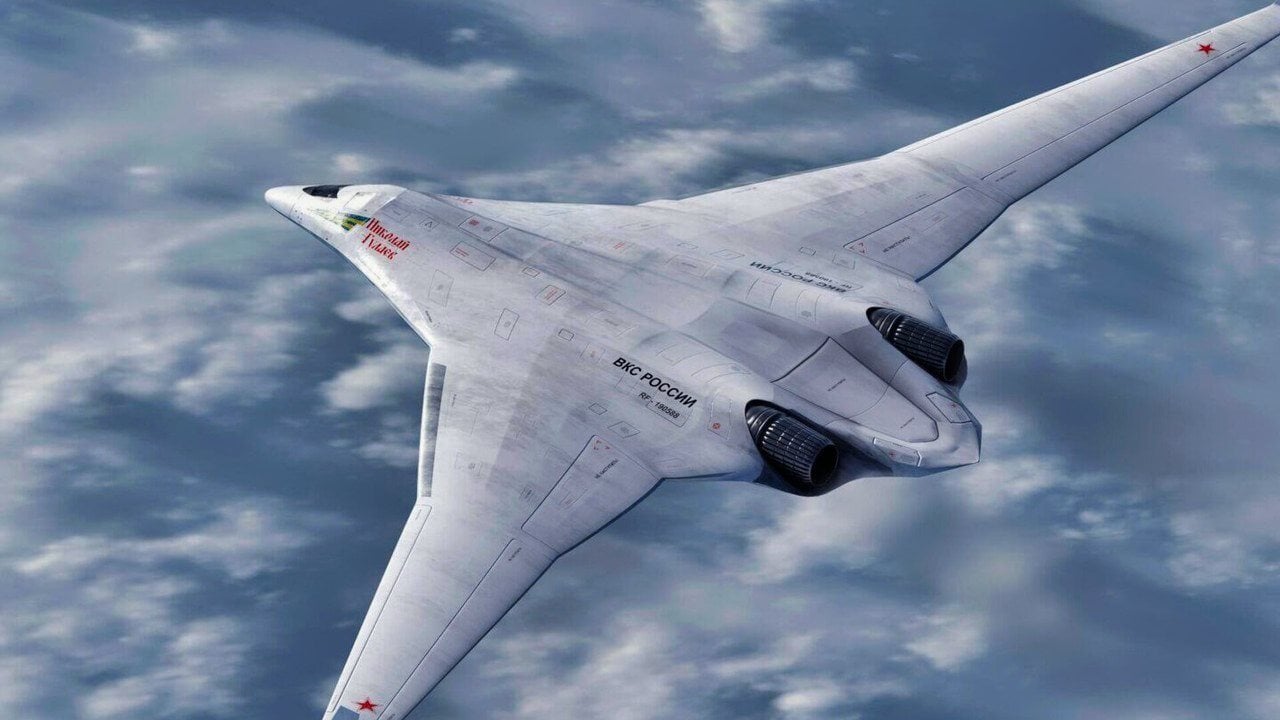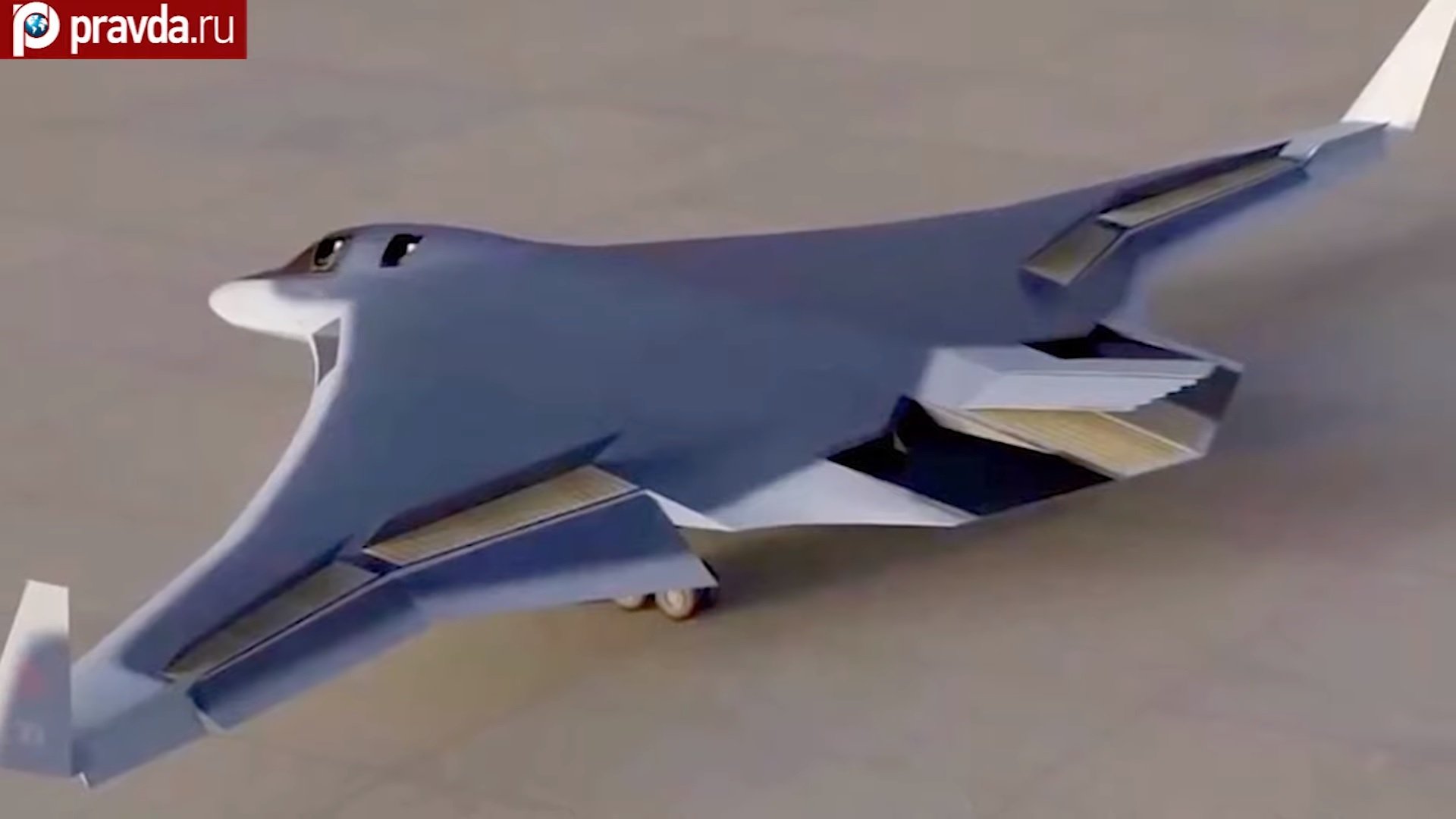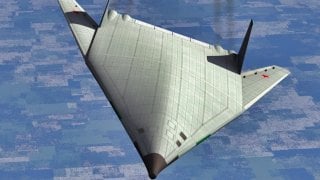Russia's B-21 Raider: Meet the PAK DA, Putin's Stealth Bomber Dream
Russia is developing the Tupolev PAK-DA, its first stealth bomber, aiming to rival the American B-2 Spirit and the upcoming B-21 Raider. Designed with a stealth-friendly flying wing structure, the PAK-DA promises subsonic speed and a low radar profile, though Russia’s previous stealth aircraft, the Su-57, underperformed in radar evasion.
What You Need to Know: Russia is developing the Tupolev PAK-DA, its first stealth bomber, aiming to rival the American B-2 Spirit and the upcoming B-21 Raider. Designed with a stealth-friendly flying wing structure, the PAK-DA promises subsonic speed and a low radar profile, though Russia’s previous stealth aircraft, the Su-57, underperformed in radar evasion.

-While Russia plans to begin mass production of the PAK-DA by 2027, this timeline may be unrealistic due to resource strains from the ongoing war in Ukraine.
-The ambitious project marks Russia’s attempt to join the U.S. in deploying advanced stealth bombers, but its future remains uncertain.
Russia’s PAK-DA Stealth Bomber: The Next B-2 or a Distant Dream?
The B-2 Spirit bomber was a strategic game-changer. It was introduced as the first aircraft that could avoid radar detection and deliver nuclear ordnance. In the decades since the B-2 debuted, the Russians have yearned to mitigate a clear American advantage by launching a peer aircraft of their own. Russia is now in the process of building their answer to the B-2 or maybe even B-21 Raider: the Tupolev PAK-DA.
Tupolev is reportedly nearing completion of a PAK-DA prototype, with plans for six more bombers in place. If these plans come to reality, Russia would join the Americans as the only nations on Earth with stealth bombers. (China is currently rushing to develop their Xi’an H-20 stealth bomber.)
Behind the Times on Stealth Bombers
Russia has an accomplished history of aerospace design. But with respect to stealth technology, Moscow lags far behind its chief rival. The United States has led on stealth technology ever since it unveiled the F-117 Nighthawk and B-2 Spirit three decades ago.
Now the U.S. flies a fleet of fifth-generation fighters, the F-22 and F-35, that feature stealth technology. The B-21 Raider, a replacement for the now-outdated B-2 Spirit, has begun test flights and is expected to join the U.S. Air Force within the next few years.
The Americans have about a generation’s-worth of a head start on the Russians with respect to producing stealth bombers.

Both Russia and China are rushing to catch the Americans. China’s H-20 remains in the prototype phase, and Beijing probably has a long way to go before releasing something akin to the B-2 or B-21. Russia is reportedly closer than the Chinese with the PAK-DA, but the program is shrouded in secrecy. Little is known about the bomber. If Western intelligence agencies have an informed understanding of the PAK-DA, and of where the program is at, they haven’t disseminated that information to the general public.
What we do know is that the PAK-DA has been crafted in the flying wing style that we recognize from the B-2 and B-21.
The PAK-DA will likely fly at subsonic speeds, like the B-2. And like the B-2, the PAK-DA is expected to have a low radar cross-section, meaning the jet will rely on stealth, not speed, to avoid detection. This is easier said than done, and the Russians do not have a great track record of releasing impressive stealth aircraft. The Russians’ only stealth fighter, the Su-57, is understood to have the worst stealth performance of all the stealth fighters. But who knows, maybe the Russians have quietly improved their stealth capabilities. The flying wing design, streamlined and sleek, is inherently stealth-friendly.

Will the PAK-DA ever fly?
The Russians hope the PAK-DA enters mass production by 2027. Knowing the Russians’ history of slow weapons program rollouts, that timeline feels overly optimistic.
The war in Ukraine no doubt consumes resources and industrial capabilities that might otherwise be used to develop a new stealth aircraft. But right now, Russian priorities run toward simply keeping their war effort afloat, rather than developing the technology of the future.
Russia will probably have to focus not on ambitious stealth bomber projects, but on more practical aims, such as resupplying armored personnel carriers and tanks to frontline forces who are in year three of an attritional war.
About the Author: Harrison Kass
Harrison Kass is a defense and national security writer with over 1,000 total pieces on issues involving global affairs. An attorney, pilot, guitarist, and minor pro hockey player, Harrison joined the US Air Force as a Pilot Trainee but was medically discharged. Harrison holds a BA from Lake Forest College, a JD from the University of Oregon, and an MA from New York University. Harrison listens to Dokken.
All images are Creative Commons/Russian Military Handouts.


